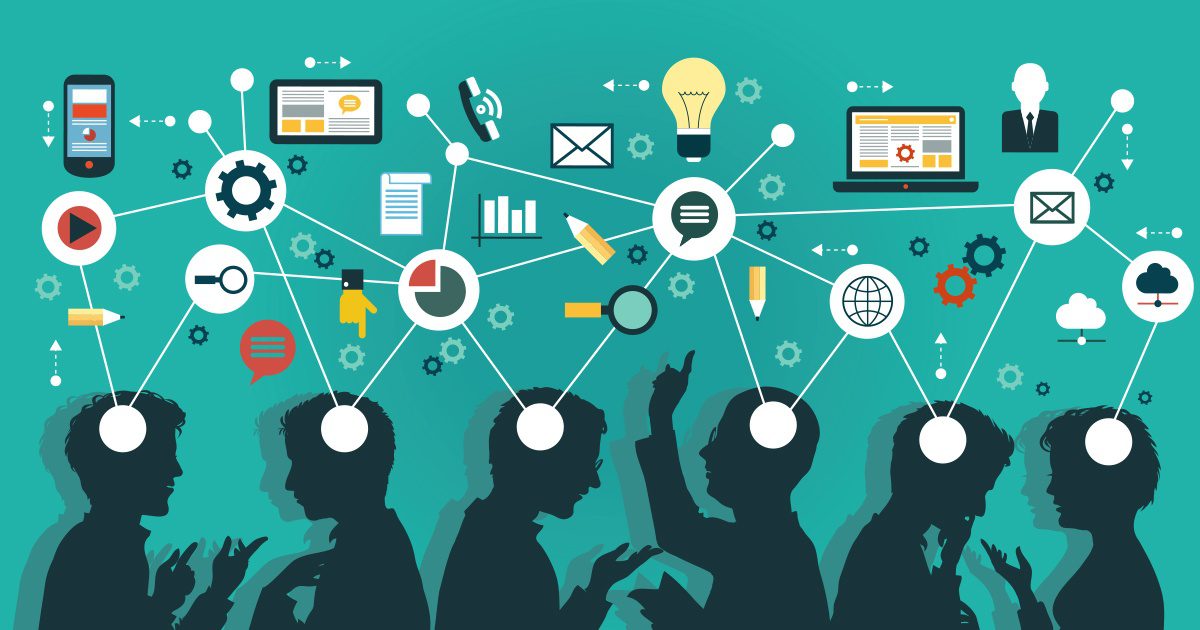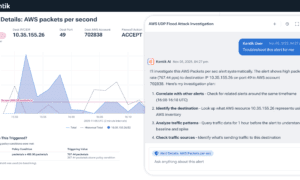Machine learning is revolutionizing numerous industries, and one area that has seen significant impact is customer service. As technology continues to advance, businesses are finding innovative ways to enhance their customer service experience using machine learning algorithms. In this article, we will delve into the basics of machine learning, explore its intersection with customer service, examine its impact on customer service efficiency, and discuss the future of machine learning in this industry.
Understanding the Basics of Machine Learning
Defining Machine Learning
At its core, machine learning is a subset of artificial intelligence that enables systems to automatically learn and improve from experience without being explicitly programmed. Instead of relying on static instructions, machine learning algorithms have the ability to analyze vast amounts of data, identify patterns, and make predictions or decisions based on the available information.
The Evolution of Machine Learning
Machine learning has come a long way since its inception. Early approaches relied on pre-defined rules and handcrafted features, which often limited their capabilities. However, recent advancements in computing power and the availability of massive datasets have paved the way for more sophisticated algorithms.
One of the turning points in machine learning was the development of deep learning algorithms, which are inspired by the structure and function of the human brain. These algorithms can effectively process and extract meaningful information from unstructured data sources like images, audio, and text.
Key Components of Machine Learning
Before delving further into the impact of machine learning on customer service, let’s briefly touch on its key components:
Data: Machine learning algorithms rely on high-quality data to learn and make accurate predictions. The more diverse and representative the dataset, the better the algorithm’s performance.
Model: A machine learning model is the representation of the algorithm after it has been trained on a particular dataset. The model is used to make predictions or decisions based on new input.
Training: During the training phase, the machine learning algorithm learns from the provided data and adjusts its internal parameters to minimize errors and improve performance.
Evaluation: After training, the model’s performance is evaluated using a separate dataset to assess its accuracy and generalization capabilities.
The Intersection of Machine Learning and Customer Service
The Role of Machine Learning in Customer Service
Machine learning has the potential to significantly improve the customer service experience. With the ability to analyze vast amounts of customer data, machine learning algorithms can identify patterns and trends, enabling businesses to better understand their customers’ needs and preferences.
One way machine learning is utilized in customer service is through sentiment analysis. By analyzing customer feedback, machine learning algorithms can automatically classify customer sentiment as positive, negative, or neutral. This information allows businesses to identify potential issues and proactively address them, resulting in improved customer satisfaction.
Transforming Customer Service with Machine Learning
Another way machine learning is transforming customer service is through the use of chatbots. Chatbots leverage natural language processing (NLP) algorithms to understand and respond to customer inquiries in real-time. By using machine learning, chatbots can continuously improve their responses by analyzing previous interactions and learning from customer feedback.
This not only saves time for both customers and service agents but also ensures consistent and accurate responses. Additionally, chatbots can handle multiple inquiries simultaneously, resulting in faster response times and improved overall efficiency.
The Impact of Machine Learning on Customer Service Efficiency
Streamlining Customer Service Processes
Machine learning algorithms can automate and streamline various customer service processes, reducing the burden on service agents and improving overall efficiency. For instance, machine learning-powered systems can automatically categorize and prioritize incoming customer inquiries based on their urgency and complexity.
Furthermore, machine learning algorithms can assist service agents in suggesting relevant solutions or knowledge base articles, enabling faster issue resolution. By automating repetitive and time-consuming tasks, machine learning frees up valuable time for service agents to focus on complex customer issues that require human intervention.
Predictive Analysis in Customer Service
Machine learning algorithms excel at predictive analysis, which allows businesses to anticipate customer needs and proactively address them. By analyzing historical customer data, machine learning models can predict future customer behavior, such as churn likelihood or purchasing preferences.
This predictive capability enables businesses to tailor their customer service offerings, offer personalized recommendations, and implement targeted retention strategies. By proactively addressing customer needs, businesses can foster loyalty and drive customer satisfaction.
The Future of Machine Learning in Customer Service
Emerging Trends in Machine Learning
As technology continues to advance, there are several emerging trends in machine learning that hold immense potential for the customer service industry. One such trend is the integration of machine learning with voice assistants, such as Amazon Alexa or Google Assistant.
By leveraging machine learning algorithms, voice assistants can better understand and respond to natural language queries, providing a more personalized and seamless customer experience. In the future, we can expect voice assistants to become even more capable, handling complex customer inquiries and seamlessly integrating with other customer service channels.
Potential Challenges and Solutions in Implementing Machine Learning
Implementing machine learning in customer service is not without its challenges. One key challenge is ensuring data privacy and security. With access to vast amounts of customer data, businesses must prioritize data protection to maintain customer trust.
Another challenge is the integration of machine learning into existing customer service workflows. Successful implementation requires careful planning and collaboration between data scientists, IT teams, and customer service agents.
The Long-Term Impact on Customer Service Industry
Looking ahead, machine learning is poised to have a profound and long-term impact on the customer service industry. As algorithms continuously improve through iterative learning, we can expect customer service to become more efficient, personalized, and proactive.
The customer experience will be enhanced through intelligent chatbots, predictive analysis, and seamless integration with emerging technologies. By harnessing the power of machine learning, businesses will have the opportunity to redefine customer service and set new standards of excellence.
Final Thoughts
Machine learning is reshaping the customer service landscape. By understanding the basics of machine learning, exploring its intersection with customer service, and examining its impact on efficiency, businesses can leverage this technology to deliver exceptional customer experiences. As we look towards the future, the possibilities are limitless, and businesses must embrace machine learning to stay ahead in the rapidly evolving customer service industry.



































